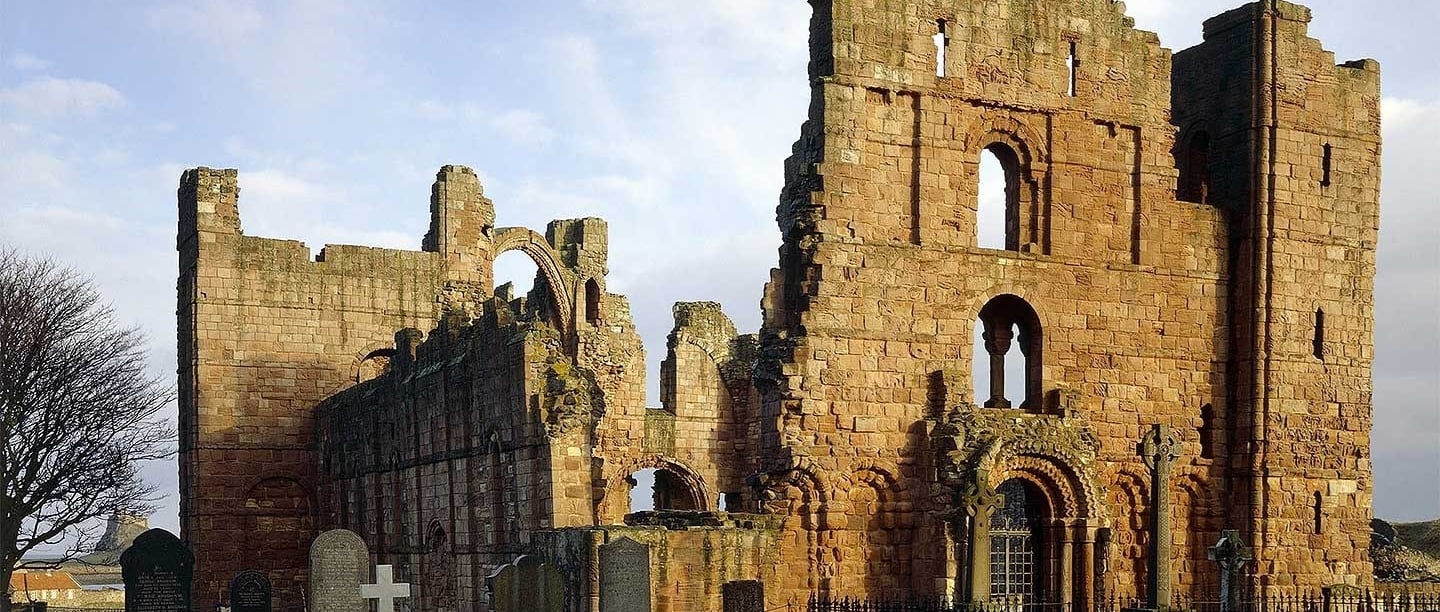Early Christianity in Anglo-Saxon Northumbria
Lindisfarne is intimately connected with the history of Christianity in Britain. In 635 the Northumbrian king, Oswald (reigned 634–42), summoned an Irish monk named Aidan from Iona – the island-monastery off the south-west coast of what is now Scotland – to be bishop of his kingdom. Oswald granted Aidan and his companions the small tidal island of Lindisfarne on which to found a monastery.
Following the general collapse of Roman military rule in the early 5th century, Britain had fragmented into numerous small kingdoms, many ruled by Anglo-Saxon warlords. By the 7th century Oswald’s Northumbrian kingdom dominated Britain. Northumbria consisted of two parts: Deira, centred on the old Roman city of York, and Bernicia further north. Oswald’s accession in 634 focused Northumbrian power in Bernicia, around the royal palaces at Yeavering, Mælmin (Milfield) and Bamburgh.
Oswald’s gift of Lindisfarne, 6 miles up the coast from Bamburgh, to the monks from Iona enabled them to establish a monastery and a bishopric in the political heart of the Northumbrian kingdom. The ultimate success of the monks’ mission, together with the long-term wealth of their monastery, was founded on their proximity to the royal dynasty of Bernicia.
St Cuthbert at Lindisfarne
Sometime in the 670s a monk named Cuthbert joined the monastery at Lindisfarne. He eventually became Lindisfarne’s greatest monk-bishop, and the most important saint in northern England in the Middle Ages.
As prior of Lindisfarne, Cuthbert reformed the monks’ way of life to conform to the religious practices of Rome rather than Ireland. This caused bitterness, and he decided to retire and live as a hermit. He lived at first on an island (now called St Cuthbert’s Isle) just offshore, but later moved across the sea to the more remote island of Inner Farne.
On the insistence of the king, however, Cuthbert was made a bishop in 685. His new duties brought him back into the world of kings and nobles, but he acquired a considerable reputation as a pastor, seer and healer.
The Cult of St Cuthbert
Cuthbert died on 20 March 687 and was buried in a stone coffin inside the main church on Lindisfarne. Eleven years later the monks opened his tomb. To their delight they discovered that Cuthbert’s body had not decayed, but was ‘incorrupt’ – a sure sign, they argued, of his purity and saintliness.[1] His remains were elevated to a coffin-shrine at ground level, and this marked the beginnings of the cult of St Cuthbert, which was to alter the course of Lindisfarne’s history.
Miracles were soon reported at St Cuthbert’s shrine and Lindisfarne was quickly established as the major pilgrimage centre in Northumbria. As a result, the monastery grew in power and wealth, attracting grants of land from kings and nobles as well as gifts of money and precious objects.
The cult of St Cuthbert also consolidated the monastery’s reputation as a centre of Christian learning. One of the results was the production in about 710–25 of the masterpiece of early medieval art known today as the Lindisfarne Gospels.[2]
The Vikings
On 8 June 793 Lindisfarne suffered a devastating raid by Viking pirates – their first significant attack in western Europe. The raid caused horror across the continent. Alcuin, a York scholar working at the court of King Charlemagne in Francia, wrote to the Northumbrian king and the bishop of Lindisfarne:
Pagans have desecrated God’s sanctuary, shed the blood of saints around the altar, laid waste the house of our hope and trampled the bodies of saints like dung in the streets … What assurance can the churches of Britain have, if St Cuthbert and so great a company of saints do not defend their own?[3]
The raid was physically and psychologically devastating: one of England’s holiest shrines had been attacked by pagans, and St Cuthbert had not intervened to stop them.
Find out more about the Viking raid on LindisfarneA Wandering Community
In response to the threat of Viking raids, the documentary sources say that the Lindisfarne monks retreated inland to Norham during the 830s and that in 875 the decision was made to leave Lindisfarne for good.[4] After seven years of wandering, the community – carrying St Cuthbert’s coffin and the treasures of Lindisfarne – settled at Chester-le-Street, building a church in the middle of the old Roman fort.
A Christian community survived at Lindisfarne, however. At least 23 carved stones found here date from the late 8th to the late 10th centuries, showing that the Christian burial ground remained in use throughout the period of instability when Viking armies ravaged Anglo-Saxon Northumbria.
In 995 St Cuthbert’s relics were moved again and eventually enshrined at Durham, where they remain. The prosperity of the Durham monastic community was based on its ability to attract pilgrims to the shrine.
Find out more about Lindisfarne's Anglo-Saxon CollectionRefoundation after the Norman Conquest
In 1069–70 the Durham monks returned briefly to Lindisfarne with St Cuthbert’s relics to escape the ‘harrying of the North’ by the armies of William the Conqueror, which sought to suppress northern resistance to the Norman Conquest.
This brief return prefigured the establishment of a permanent cell, or outpost, of the Durham community on Lindisfarne. Its purpose was to reaffirm the link between Anglo-Norman Durham and Anglo-Saxon Lindisfarne, and to establish the right of the Norman monks of Durham to be the guardians of St Cuthbert’s legacy.
The precise date of the foundation of the new cell on Lindisfarne is uncertain, but by 1122 a Durham monk called Edward was active there.[5] The earliest surviving reference to a full-scale community of monks is in a document dated 1172.[6]
The church, which was built by about 1150, contained a cenotaph (an empty tomb) marking the spot where, according to tradition, Cuthbert’s body had been buried. Although his relics were by then in Durham, the place of his primary shrine on Lindisfarne was still a sacred spot which attracted pilgrims.
Initially there were probably only a few monks here, with numbers rising to about ten during the 13th century. Lindisfarne was staffed by monks from Durham, with each monk staying for two or three years before returning to the mother-house.
Download a plan of Lindisfarne PrioryBorder Warfare
During the 12th century the Scottish kings had been major benefactors of the Benedictine monks at Lindisfarne, but after Edward I’s invasion of Scotland in 1296, the borders were transformed from a region of relative peace and prosperity into a war zone. This inevitably affected Lindisfarne.
The monks were obliged to fortify the priory but worried that they did not have the means to prevent it from falling into enemy hands. In 1385 they petitioned Richard II to dismantle the fortifications because they could not afford to pay for a garrison of soldiers to man them.[7]
Despite the insecurities caused by border warfare, life at Lindisfarne was comfortable for the monks who remained. Extensive building work gave the community more privacy than before, and suggests that the monks were looked after by many servants.
Read a description of Lindisfarne PriorySuppression and later history
In 1537 the priory was closed on the orders of the commissioners of Henry VIII (r.1509–47), one of the 200 or so smaller religious houses that were the first to be suppressed. The buildings of the priory were not dismantled at the Reformation, probably because (like Durham itself) they proved useful to the Crown’s defence strategy in the north. In 1542–5 three earth-and-timber defences were built around the harbour to the east of the priory. At the same time, an ambitious plan was proposed for extensive outer defences.
By the later 18th century the by now ruinous remains had become a popular tourist attraction for antiquarians and artists. Drawings and descriptions of the priory show that until about 1780 the church survived virtually intact. By the 1820s, however, the central tower and south aisle had collapsed.
A local landowner, Mr Selby, acquired the site in the early 19th century, and consolidated the remains. Despite his efforts, the west front collapsed in the 1850s. Sir William Crossman excavated the monastic buildings in the late 19th century, and in the early 20th century the church was excavated and the walls were consolidated.
About the Author
Joanna Story is Professor of Early Medieval History at the University of Leicester. She is the author of the English Heritage Red Guide to Lindisfarne Priory.
Buy the guidebook to Lindisfarne PrioryRead More about Lindisfarne Priory
-
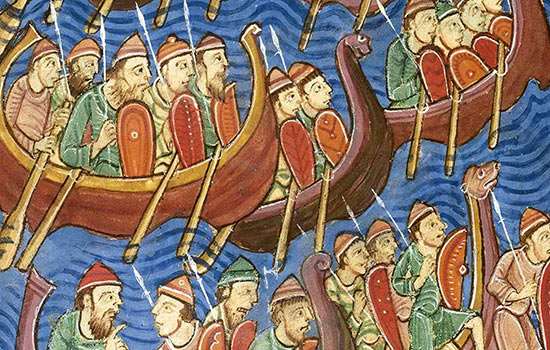
The Viking Raid on Lindisfarne
Read about the devastating Viking attack on the church of St Cuthbert in 793, which sent a shockwave through Europe.
-
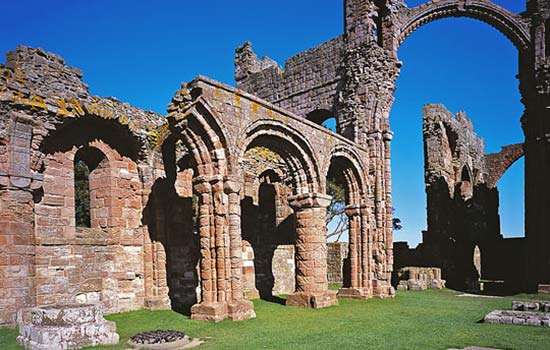
Description of Lindisfarne Priory
Find out more about the ruins of the 12th-century priory church and associated monastic buildings at Lindisfarne.
-
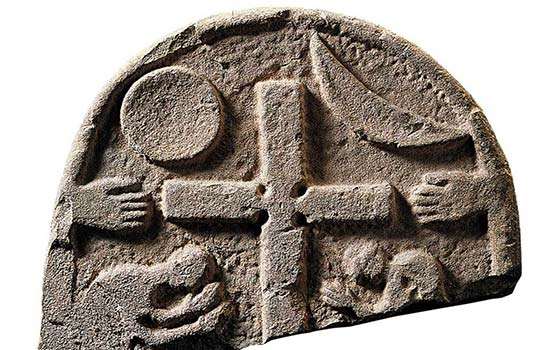
Significance of Lindisfarne Priory
Lindisfarne was one of the most important places in Anglo-Saxon England, while the post-Conquest church is a miniature version of Durham Cathedral.
-
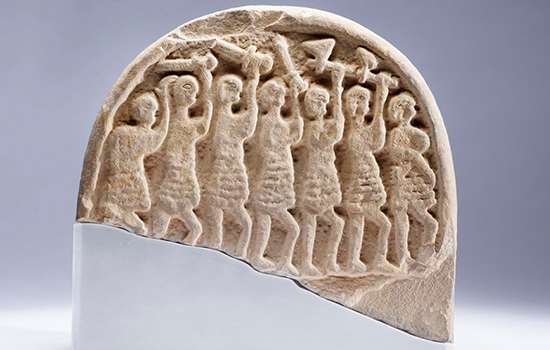
Lindisfarne Priory Collection Highlights
Learn about the collection from Lindisfarne Priory, which includes internationally significant Anglo-Saxon stonework.
-
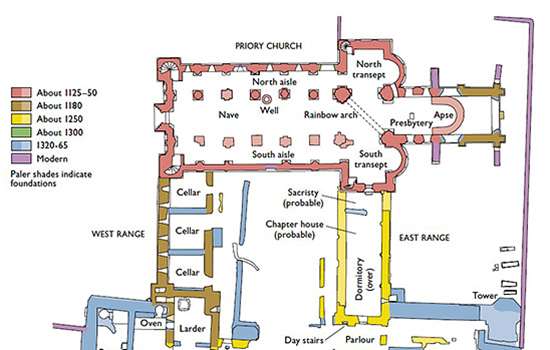
Download a plan
Download this pdf plan of the priory to see how its buildings developed over time.
-
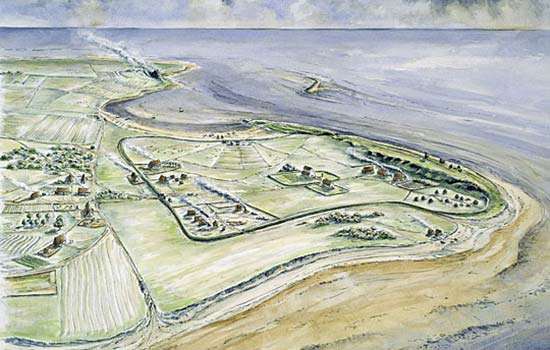
Research on Lindisfarne Priory
Read a summary of research on Lindisfarne, which has focused on the Anglo-Saxon monastery’s history and on the surviving early sculpture and manuscripts.
-
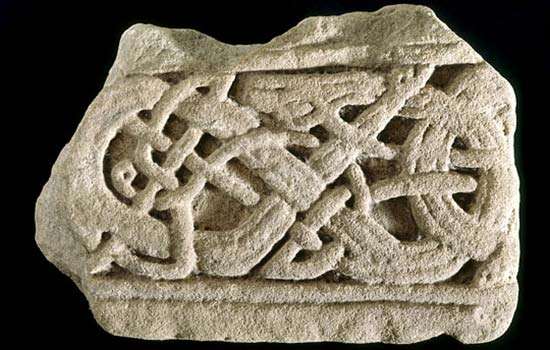
Sources for Lindisfarne Priory
Read a summary of the main sources of information for our knowledge and understanding of Lindisfarne Priory.
-

More Histories
Delve into our history pages to discover more about our sites, how they have changed over time, and who made them what they are today.
